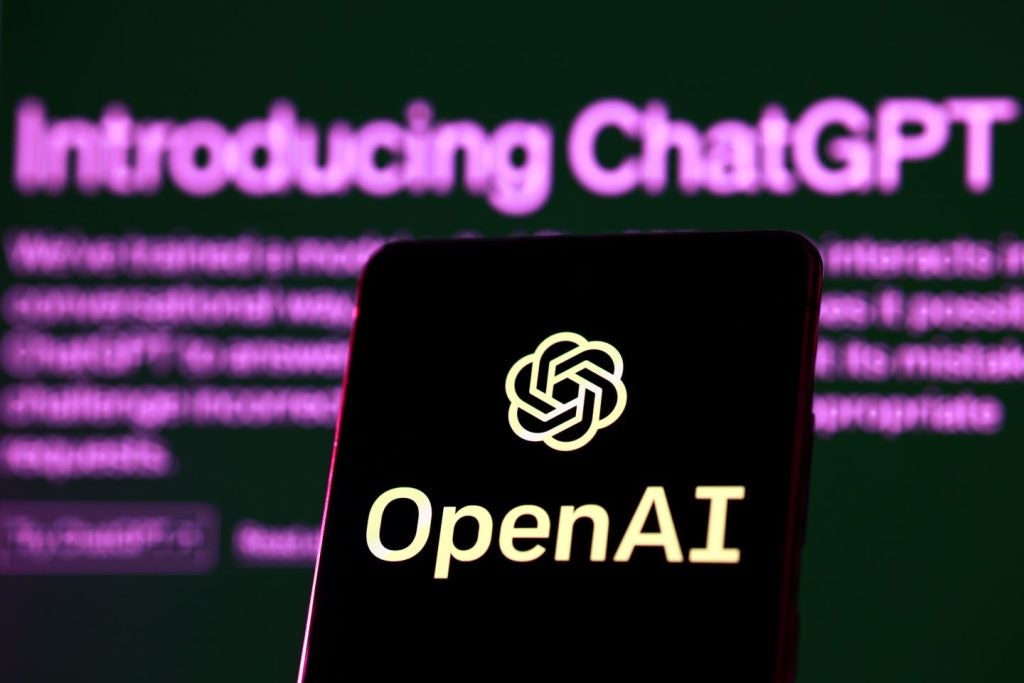
Telcos are looking to expand their role in customers’ advanced analytics initiatives. Earlier this month TELUS International, a subsidiary of Canada-based Telus, announced it was purchasing Lionbridge AI, a data training and data annotation service provider, in a deal valued at roughly US$ 935 million. Lionbridge AI’s solutions help customers assign a label to data in text, images, videos, and audio, enabling the information to be used to train AI models. The acquisition, which is expected to close by the end of 2020, is just one example of how telcos are expanding the part they play in facilitating data analytics for enterprises.
Analytics is a hot area, with many organizations looking to leverage the wealth of information they collect to improve efficiency, enhance productivity, make more informed decisions, and improve the customer journey. However, there are many steps that need to be taken before data can actually yield the intended results. It must be collected, transported, curated, processed, and then visualized in order to provide value to end users.
It’s a process that requires an ecosystem of vendors, and telcos are looking to up the role they play. Their contribution to the transport component is obvious, but they are now looking to insert themselves in other parts of the process as well, by offering services related to data preparation and project deployment and management.
Telcos are increasing insight services
Orange Business Services (Orange) has created a data and analytics business unit dedicated to helping customers generate insights from their data. Orange claims to have nearly 4,000 data and digital experts addressing four pillars: employee experience, customer experience, IT transformation, and digital innovation.
Telefonica has also made investments around data analytics. It launched the Telefonica Tech division about a year ago, bringing together 3,000 professionals and its cloud, cybersecurity, IoT and big data solutions. The IoT and big data teams not only help customers analyze customer generated data, but also complement the information with telco insights such as population movement patterns.
The anonymized and aggregated data is used to offer business insights to enterprise customers in different sectors, such as smart cities, retail, finance, utilities, fleet management, and others. AT&T offers a Smart Analytics solution as part of its IoT portfolio. The solution is marketed as going beyond IoT systems that only report on the past by providing predictive and prescriptive insights. It includes tools to build custom data models, predictions, AI for data exploration, anomaly detection and discovery.
How well do you really know your competitors?
Access the most comprehensive Company Profiles on the market, powered by GlobalData. Save hours of research. Gain competitive edge.

Thank you!
Your download email will arrive shortly
Not ready to buy yet? Download a free sample
We are confident about the unique quality of our Company Profiles. However, we want you to make the most beneficial decision for your business, so we offer a free sample that you can download by submitting the below form
By GlobalDataCovid has accelerated digital transformation
In many ways, telcos are well positioned to help enterprises reap the benefits of analytics. The majority has already adopted advanced analytics internally to improve network management, filter security alerts, and improve customer support, and can share lessons learned with customers. Furthermore, telecom operators are critical to the deployment of IoT projects, which inserts them into use cases with obvious analytics-related applications.
Additionally, mobile operators are eager to explore opportunities in a related area, which is the monetization of user information. Orange offers Flux Vision, which provides statistical indicators of attendance, patterns of movements and segmentation information based on information from the Orange mobile network.
The algorithms used by Flux Vision delete personal data, making it impossible to identify people or to trace them individually. It can provide socio-demographic information and distinguish between national and international visitors. Telefonica has been exploring similar capabilities. For example, it can provide analysis of customer behavior not only inside a store, but also outside, providing insight into the effectiveness of storefronts. Moreover, using anonymized data Telefónica can model and predict demand for different businesses based on demographic information, enabling retailers to adjust pricing strategies, offer promotions, and better manage logistics.
Mobile data monetization must be done carefully and with an eye to regional regulations and privacy-related concerns. It’s an area that received much interest a few years ago but its priority waned given privacy-related concerns.
However, the value locked within this data has once again received heighted attention again with the roll-out of Covid-19 tracing and in-building capacity monitoring initiatives. Covid-19 has accelerated digital transformation on many levels – it will likely also continue to open doors to conversations related to the use of aggregated mobile user information.






Related Company Profiles
Telefonica SA
TELUS International Inc
Orange SA